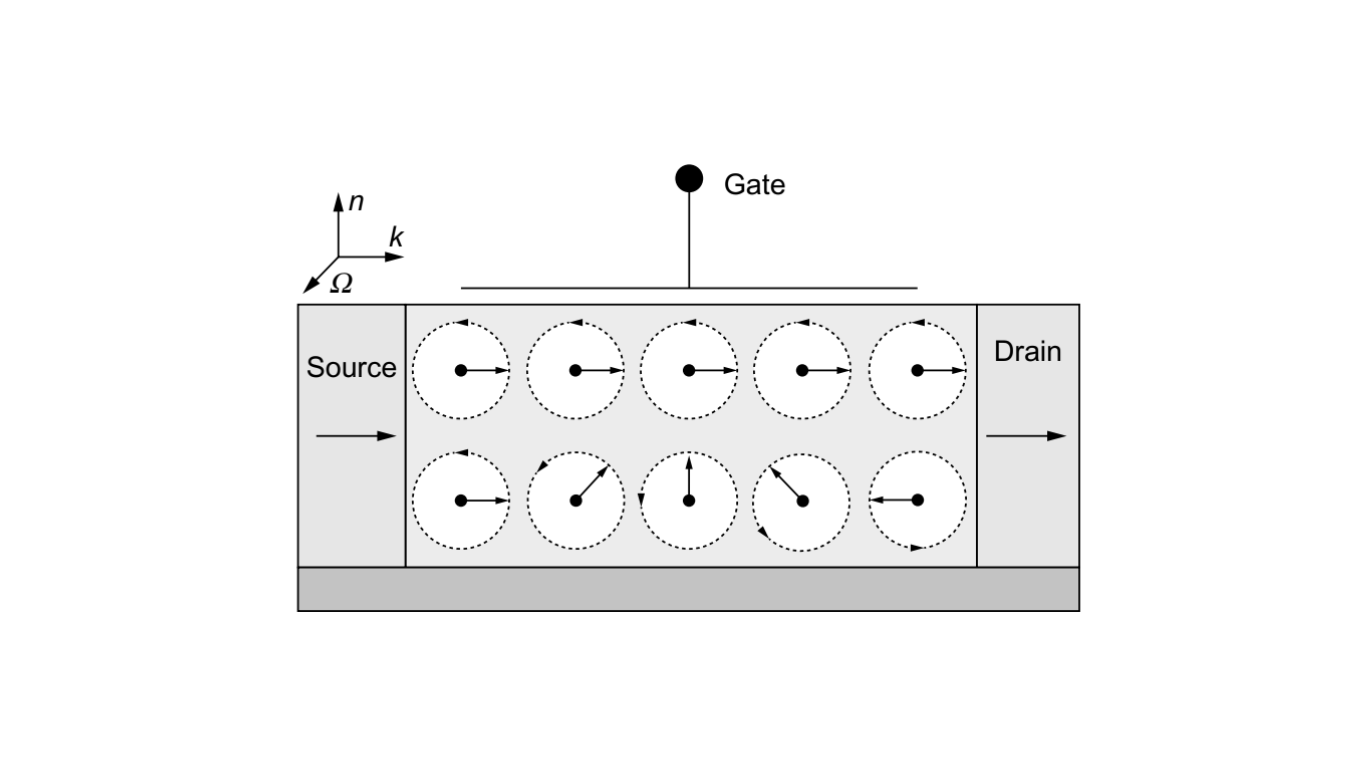Spintronics
Spintronics, also referred to as spin electronics, delves into the exploration of the electron’s spin within the realm of solid-state physics and investigates how this spin property can be harnessed in various devices. This field examines the intrinsic spin of electrons and its linked magnetic moment, alongside the fundamental electronic charge, within solid-state devices. Notably, spintronics encompasses the study of spin transport and spin relaxation in materials such as semiconductors and metals. These investigations are pivotal in fundamental research and are closely intertwined with the development of novel technologies, particularly in the realm of electronic storage technology.
Spintronics CMOS
Spintronics technology offers significant potential for both memory and logic devices, boasting advantages such as nonvolatility, enhanced data processing speed, reduced power consumption, and increased integration density compared to traditional CMOS technology. In the context of logic devices based on spintronics, a prototype was introduced by Datta-Das in 1990, showcasing the Datta-Das spin field-effect transistor as depicted in Figure 1. This transistor structure resembles a standard FET with a source, a drain, a narrow channel, and a gate for current control. The source (spin injector) and the drain (spin detector) consist of ferromagnetic metals or semiconductors with parallel magnetic moments.

spin field-effect transistor
(SFET)
Electrons with spin polarization, denoted by wave vector k, travel ballistically along a quasi-one-dimensional channel formed by materials like InGaAs/InAlAs heterojunctions or graphene, normal to n. This electron spins process around a precession vector Ω influenced by spin-orbit coupling, determined by the channel’s properties. The gate voltage VG allows for tunable adjustment of Ω’s magnitude. The current is substantial when most electrons at the drain maintain their initial spin direction (top right), but minimal if spin directions are random (bottom). Notably, the precession period should significantly exceed electron flight time. The gate generates an effective magnetic field aligned with Ω in Figure 1 due to spin-orbit coupling in the channel material. This field induces electron spin precession. Modulating the gate voltage enables manipulation of electron spin precession in the channel, resulting in parallel or antiparallel electron spins at the drain and precise control over the drain current.
Critical challenges in spin logic devices, tackled through experimentation and theory, encompass optimizing electron spin lifetime in the channel, detecting spin coherence in nanoscale structures, and facilitating the transport of spin-polarized carriers across the gate, considering relevant length and heterointerfaces. Four key prerequisites for achieving high-performance spin field-effect transistors (SFETs) are identified.
A recently emerged technology, spintronics, centers on leveraging electron spin rather than charge for information transmission. This innovative approach enables a new generation of devices that merge standard CMOS technology with spin-dependent effects. These effects arise from the interaction between carrier spin and material magnetic properties.
Frequently Asked Questions – FAQs
What is the definition of spintronics?
Spintronics, also known as spin electronics, refers to the study of the intrinsic spin, magnetic moment, and fundamental electric charge of electrons within solid-state devices.
What constitutes a solid-state device?
A solid-state device is an electronic apparatus where electric current flows through solid semiconductor materials like silicon, germanium, gallium arsenide, etc., as opposed to relying on mechanical moving parts or vacuum tubes.
Could you provide some key examples of solid-state devices?
Notable instances of solid-state devices include solid-state drives (SSDs), microprocessor chips, and semiconductor lasers.
What is the significance of the term “magnetic moment”?
The magnetic moment quantifies the degree to which an object or entity aligns with magnetic fields.
Is there an alternate term for “magnetic moment”?
Yes, the magnetic moment is also referred to as the magnetic dipole moment.